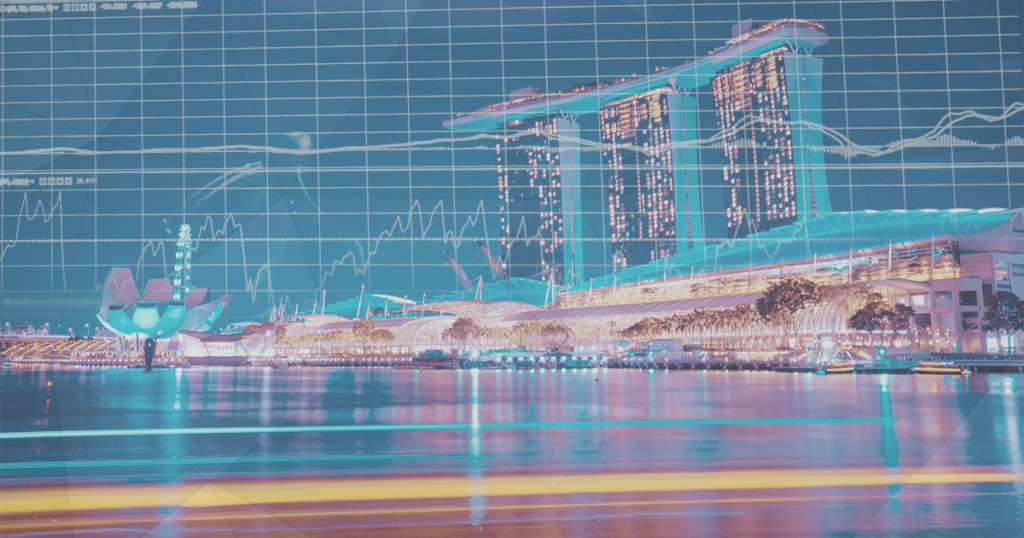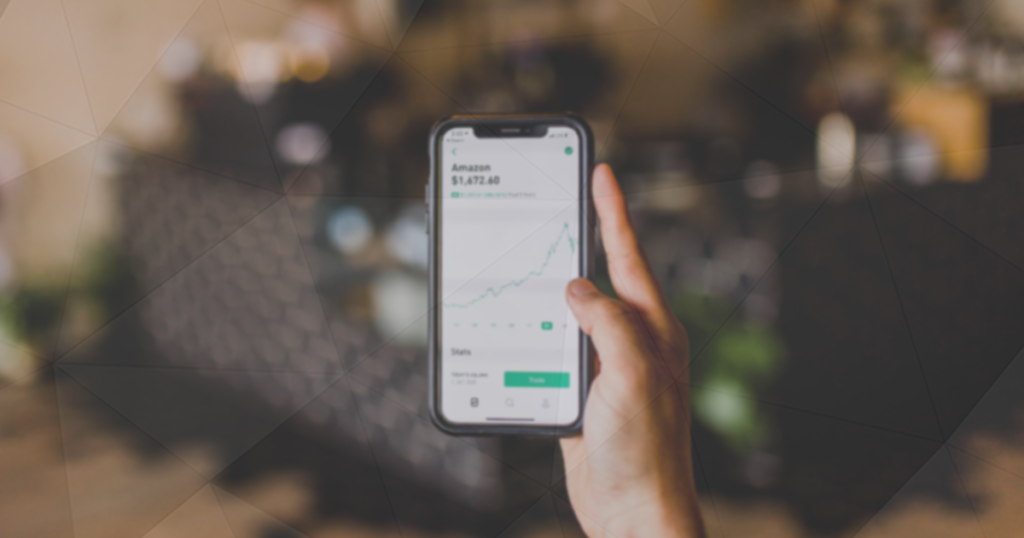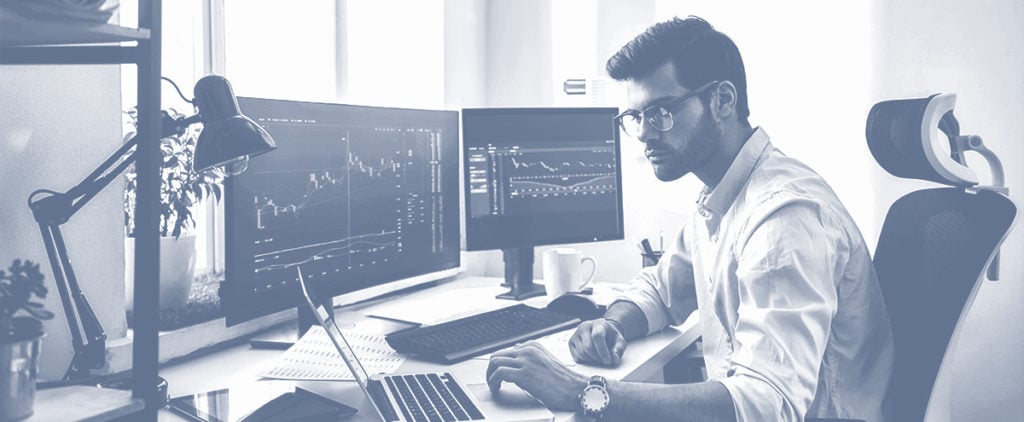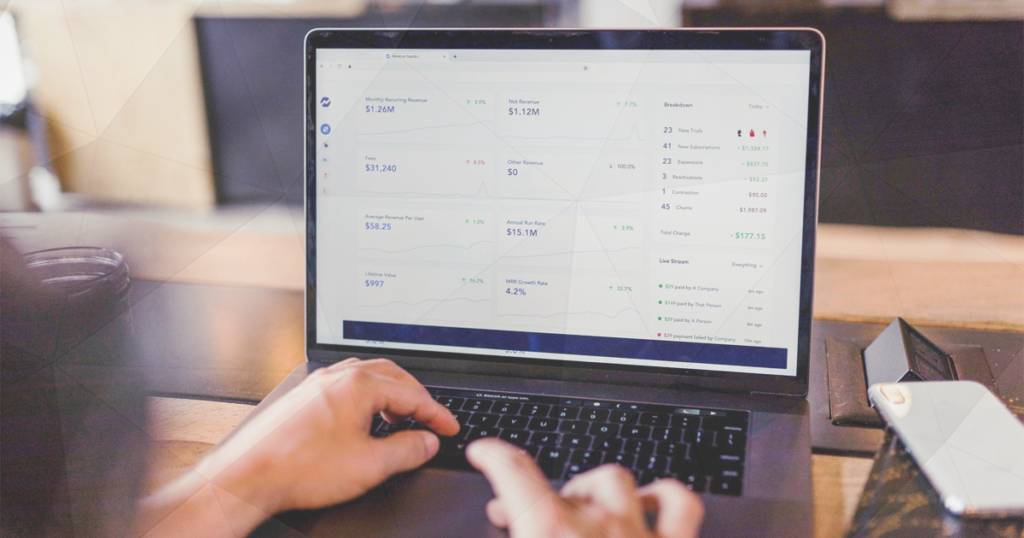Beginners Guide: How to Put an Order in on Your First Trade
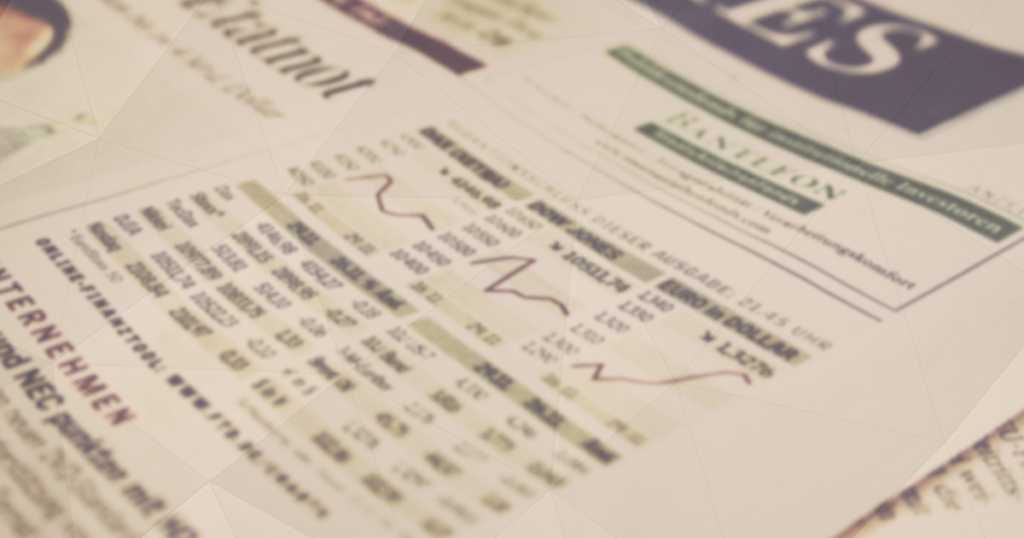
The first trade is an important event in every trader’s life. It’s the start of a long journey with the ultimate goal to become a consistently profitable trader.
It’s important to understand that opening a trade requires much more attention than simply hitting the buy or sell button. You need to set your position size, stop-loss and take-profit levels, order type, and more before placing your first trade.
Here, we’ll go through all steps in opening a trade in the MetaTrader platform and explain each field of the Order Window.
Pick a Financial Market
Before placing your first trade, you need to decide what financial market you want to trade. The most popular markets traded by retail traders include the stock market, the Forex market, commodities, bonds, and cryptocurrencies, to name a few.
Stocks
Perhaps the most popular financial market in the world is the stock market. Stocks represent ownership in a company that issued the stock and are the most common way to invest in successful companies.
For companies, stocks are used to raise capital for future development projects, research, and new products, for example. Large shareholders also have a say in the future projects of the company they own.
However, the majority of stock market participants are not interested in participating in the day-to-day operations of the company. Instead, they invest in stocks to make a directional bet, hoping future earnings of the company will increase which would push the price of the stock up.
Stocks are traded on a centralised exchange, called the stock exchange. If you want to trade stocks, you can do so only during the open market hours of a stock exchange.
Currencies
Another popular financial instrument to trade is currencies. Just like stocks, the value of currencies fluctuates on a daily basis depending on the underlying economic factors of a country.
Currencies are traded over-the-counter on the Forex market, short for Foreign Exchange. There are eight main currencies in Forex: US dollar, Canadian dollar, British pound, euro, Swiss franc, Japanese yen, Australian dollar, and New Zealand dollar.
Currencies are traded in pairs, with the first currency called the base currency, and the second currency called the counter currency.
Unlike the stock market, the Forex market is open around the clock, which means you can open, modify, and close your positions 24 hours a day, 5 days a week.
Commodities
Commodities are basic goods that are most often used as inputs in the production process of other goods. In trading, the most common commodities include precious metals, oil, natural gas, corn, coffee, wheat, and other crops.
Those commodities must meet specified minimum standards when traded on an exchange and are most commonly traded in the form of futures or options contracts.
Most brokers offer a variety of commodities in their list of tradeable instruments. So before placing your first trade, decide what instrument you want to trade. In this article, we’ll be focusing on stocks and currencies, but you can also pick another instrument if you wish.
Broker
Before placing your first trade, you’ll need to have an account with a broker. While opening an online trading account takes only a few minutes with most brokers, make sure to pick a broker that best suits your trading needs.
Your broker should be offering trading on all trading instruments you wish to trade, accept popular deposit and withdrawal options, have tight trading costs, and – most importantly – be well regulated.
Having access to a certain amount of leverage is also a good idea, especially if you’re just getting started with trading and have a relatively small trading account.
Regarding trading platforms, most brokers offer web-based and mobile platforms, which is a great way to trade even if you don’t have access to your personal computer. While some brokers also have in-house developed platforms, most of them support MetaTrader, the world’s most popular retail trading platform.
Read: Beginners Guide to Choosing a Broker Platform
Your First Trade with MetaTrader
We’re almost there – you’re soon going to open your first trade with MetaTrader! But before we hit that “buy” or “sell” button, let’s take a quick look at a typical Order Window in MetaTrader and explain the most important fields. The following picture shows an Order Window used to place new orders in the trading platform.

On the left-hand side of the window, traders can find a short-term line-chart of the selected instrument that shows the current buy and sell prices in the market. If you’re going to buy the instrument, you’re paying the buy price, and if you’re selling the instrument, you’ll get the sell price.
Where to Find the Order Window?
The Order Window can be found in the Toolbar in the upper part of the MetaTrader platform. Simply click on “New Order” and the Order Window will appear.
![]()
Opening Your First Trade: Main Fields of the Order Window
Symbol: Pick the financial instrument you want to trade
The drop-down menu in the Symbol field is used to select the financial instrument you want to trade. Most of the time, the MetaTrader platform will automatically select the instrument that has been previously used in the platform’s Chart Window, which means you don’t have to select the instrument manually. Nevertheless, taking a look at the Symbol field to make sure that the right instrument has been selected before placing a trade is always a good idea.
Depending on your broker, the Symbol field also provides information on the standard position sizes of the selected instrument.
In our example, the EUR/USD pair is traded in standard lots that come with a size of EUR 100.000 per lot. Of course, you don’t have to trade one entire lot but can change the volume (position size) in the field below – Volume.
Volume a.k.a Position Size
After you’ve selected the instrument you want to trade, it’s time to determine the position size you want to trade. This is a crucial step in trading, as most traders who blew their accounts had traded too large position sizes. The larger the position size, the higher the potential profit or loss on the trade.
Determining the right position size for your trade depends on your risk tolerance and risk management rules of your trading plan.
As a rule of thumb, try to risk up to 2% of your trading account size on each trade, i.e. if your stop-loss gets triggered, the maximum amount you’re going to lose would equal 2% of your trading account.
If you’re trading stocks, the number of stocks impacts the potential profit or loss you can make in the trade. If a stock trades at $50, your profit-target is set at $60, and your stop-loss at $45, you would make $10 on each stock if the position goes in your favour and lose $5 per stock in the position goes against you.
The number of stocks you want to trade still depends on the risk you want to take – again, risk a very small portion of your trading account on any single trade, especially if you’re just getting started with trading.
Margin & Leverage
Margin and leverage are closely connected to position sizes. Leverage allows you to take a much larger trade than your trading account would otherwise allow.
Once you close your trade, your broker will automatically return the margin to your account increased by any profits you’ve made (or reduced by any losses.)
Always make sure to have enough free margin in your trading account. Taking a position size of EUR 10.000 with a trading account of EUR 100 is not really a good idea, as your free margin would be equal to zero – any negative price fluctuation in your trade could wipe out your entire account.
Stop-Losses and Take-Profits
The next two fields in the Order Window are the stop-loss and take-profit fields.
A stop-loss is an order that automatically closes a losing position at a pre-specified price-level (the stop-loss level), reducing further losses down the road. Similarly, take-profits are orders that automatically close a winning position at a pre-specified price, locking in profits and adding them to your trading account.
Types of Stop-Losses
There are four main types of stop-losses used in trading:
- Volatility stops – Volatility stops are stop-losses based on the volatility of the underlying financial instrument. For the purpose of volatility measurement, traders usually use the Average True Range (ATR) indicator and place their stop-losses based on the ATR’s reading.
- Time stops – Time stops close an open position at a pre-specified time, such as at noon, at the end of the trading day, trading week, etc. Time stops are popular among day traders who don’t want to hold their trades after the market close or over the weekend.
- Percentage stops – This type of stop-losses is based on a percentage of a trader’s trading account. For example, traders can place a percentage stop at 10% of their trading capital.
- Chart stops – Finally, chart stops are based on important technical levels of a price-chart, such as support and resistance levels, channels, Fibonacci levels, and others.
Chart stops usually return the best results of all the mentioned stop-loss types and should be the main choice for traders. Similar to chart stops, traders should also place their take-profits at important technical levels.
Types of Orders
After setting your stop-loss and take-profit levels, it’s time to move on to the next important field of the Order Window – Type. In this field, we specify the type of order we want to use for our trade.
There two main types of orders:
- Market orders – Market orders execute your trade at the current spot market price and are likely the most popular order type among retail traders. If a stock currently trades at $34.50, a market order would execute your trade immediately at the shown price and you would have an open position.
- Pending orders – Unlike market orders, pending orders don’t execute a trade at the current market price but wait for certain conditions to be met. Pending orders can be further grouped into stop and limit orders.
Pending stop orders – Although some traders may confuse pending stop orders with stop-loss orders, they’re a totally different order type. Pending stop orders execute a buy or sell order when the price reaches a pre-specified price level.
Pending limit orders – Another popular type of pending orders are limit orders. They’re similar to stop orders, with the main difference that the price has to break above/below a pre-specified price-level and then return to that level for a market order to get triggered.
Closing and Modifying a Trade
Once you fill are mentioned fields, you can hit the Buy or Sell button to open your first trade. It will appear in the Terminal Window of the platform, where you can follow the trade’s performance, modify, or close it.

In MetaTrader, you can change the stop-loss and take-profit levels of an active trade by double-clicking on the S/L and T/P fields in the Terminal Window.
Final Words
Congratulations! You opened your first trade in the financial market. This is your first step in a long journey that will include hours of learning, practicing discipline, risk management, and developing a well-round trading plan.
Before clicking on the “buy” or “sell” button and executing a trade, make sure to calculate the adequate position size for your trading account, set your stop-loss and take-profit levels based on important technical levels in the price-chart, and choose the right type of market order for your trade.


